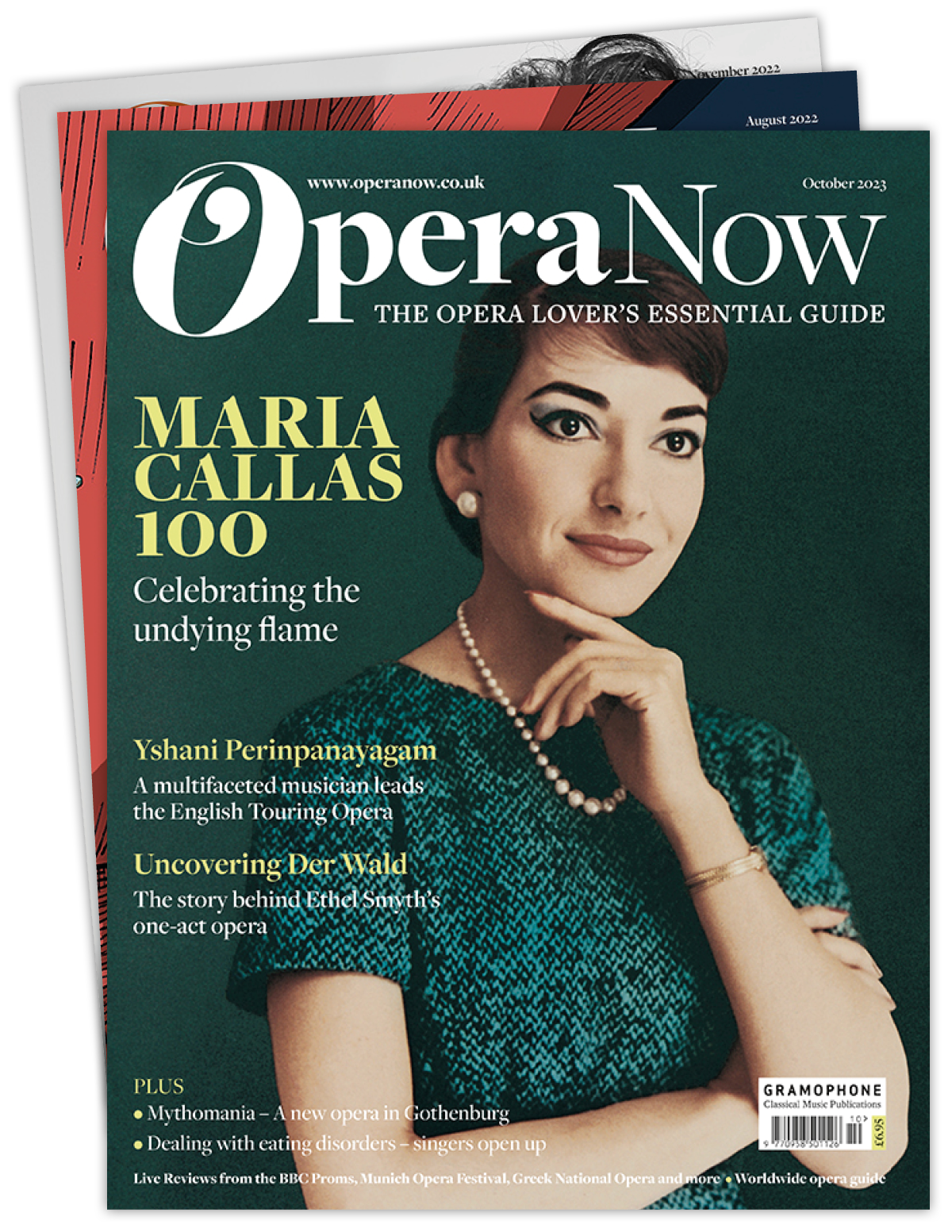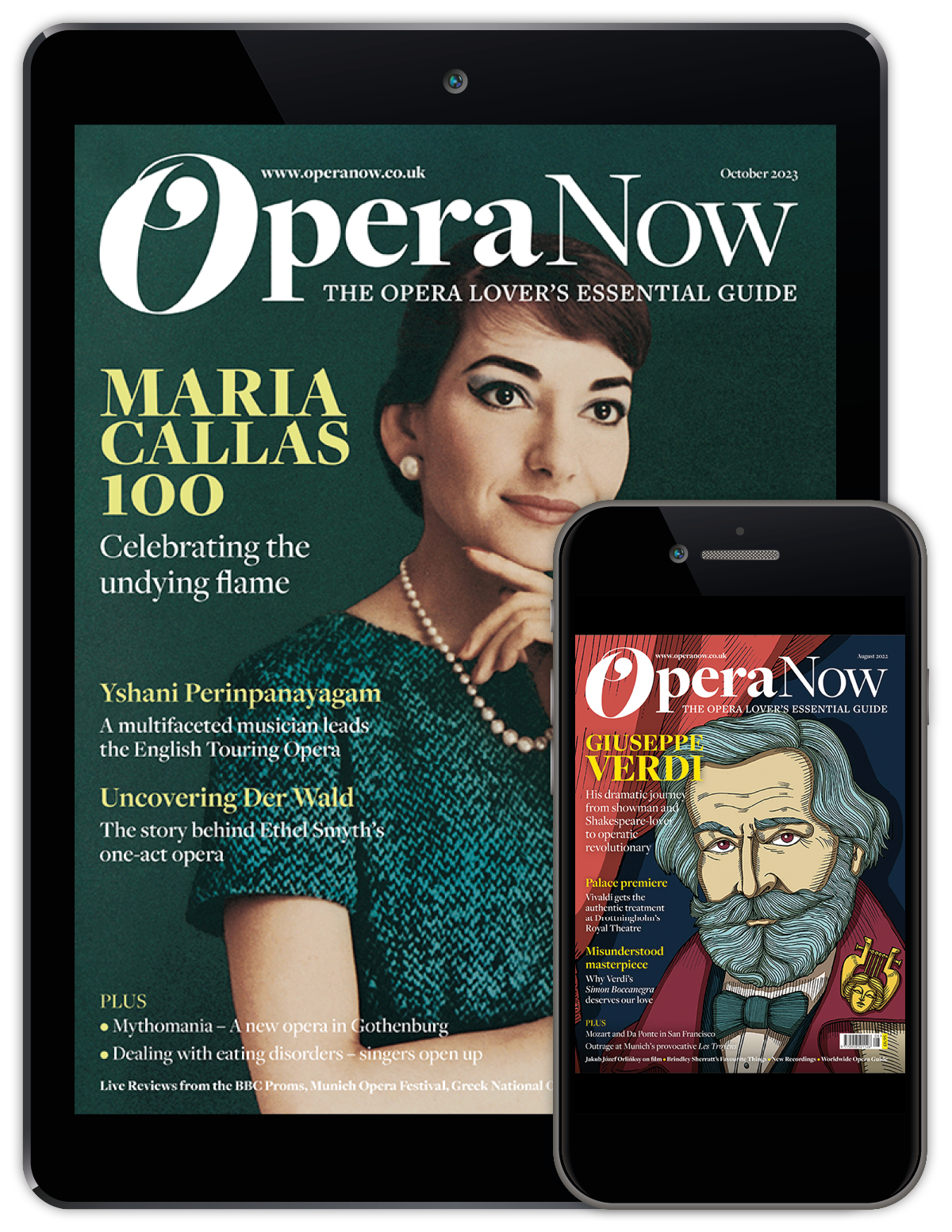Mozart: Le Nozze di Figaro at Garsington Opera | Live Review
Mark Pullinger
Monday, June 3, 2024
Crisp comedy and period panache in Garsington’s Figaro
⭐️⭐️⭐️⭐️
The Marriage of Figaro is, in many ways, the perfect festival opera, especially for Garsington. With the Pavilion’s clear side panels, you can see Cherubino, jumping from the Countess’ bedroom window, actually scamper off through the gardens. And darkness shrouds the Wormsley estate just as the nocturnal Act 4 begins, shrubberies and pines wheeled onto the stage, smudging the boundaries between theatre and reality.
John Cox’s 2005 production, revived by Bruno Ravella, is a classic, full of rococo elegance. Cox is content to do exactly what Mozart and his librettist Da Ponte request in the libretto and he allows their genius to shine through. Jokes mostly land and the farce of the Act 2 finale is well played, although the Countess seems to have a ground floor bedroom given the ease with which Figaro, the Count and Antonio negotiate it. There’s a traditional fandango in Act 3 and things move along briskly – Basilio and Marcellina’s arias are cut (no bad thing). Cox adds his own discreet touches: in the Act 1 chorus, one of the servant girls is clearly pregnant, another victim of the Count keenly exercising his droit du seigneur; and Figaro gives Cherubino his first shave whilst singing 'Non più andrai' – he is, after all, the Barber of Seville.


Bethany Horak-Hallett (Cherubino), Samantha Clarke (Countess Almaviva) at Garsington Opera
We are staunchly in the late 18th century, with delicious period costumes designed by Robert Perdziola. The main elements of the set are all on stage from the beginning, rotated or manoeuvred into position to take us from Figaro and Susanna’s new lodging to the Countess bedchamber and the Count’s imposing study. The Countess’ dressing room has a cutaway side, meaning we see Cherubino or Susanna hiding in there.
There was a fine sense of ensemble on display in Saturday’s second performance, accommodating the indisposition of David Ireland as Figaro. One past a few nervy moments early on, Garsington’s cover Joe Chalmers did a fine job as the rebellious valet, animated in recitatives and displaying an attractive bass-baritone. Claire Lees sang an excellent Susanna, with limpid tone in 'Deh vieni non tardar' and a sparky demeanour, easily outfoxing her Figaro.
As the Countess, Samantha Clarke sang a drop-dead gorgeous 'Porgi amor', accompanied by birdsong and warbling clarinets, while 'Dove sono' was no less beautiful, taken at a flowing pace with a seamless legato. She was alert in her recits too, ensuring lines like 'I’m not that girl any more!' really hit home. Rafael Fingerlos’ sinewy baritone could have done with more bite and bile as the Count, a slightly pale interpretation. But his plea for forgiveness at the end of Act 4 was received genuinely, not always a given (many audiences laugh at this point).


Stephanie Hershaw (Barberina) and Rafael Fingerlos (Count Almaviva) at Garsington Opera
Bethany Horak-Hallett has a lovely light mezzo and sang a fine Cherubino, with beautiful stillness in 'Voi che sapete', completely transfixed by the Countess. Smaller roles were well cast, led by Susan Bickley, channelling Alison Steadman’s Mrs Bennett as a deliciously waspish Marcellina, earwigging at the Count’s door, rifling through Susanna’s belongings. Neal Davies sang a stately 'La vendetta' as Bartolo and Paul Nilon was a slippery Don Basilio. Bradyn Debysingh made a positive impression as Don Curzio and Stephanie Hershaw sang a lovely Barbarina.
Tabita Berglund was making her Garsington debut here. It doesn’t look as if the Norwegian has conducted much – if any – staged opera before, but she led the Philharmonia in a crisp, no-nonsense account, not always rewarded by spotless playing from the woodwinds. Mouthing the text much of the time, Berglund supported her singers admirably, Chalmers in particular, and ensembles were spirited, bringing Mozart and Da Ponte’s 'folle journée' to a jubilant close.






